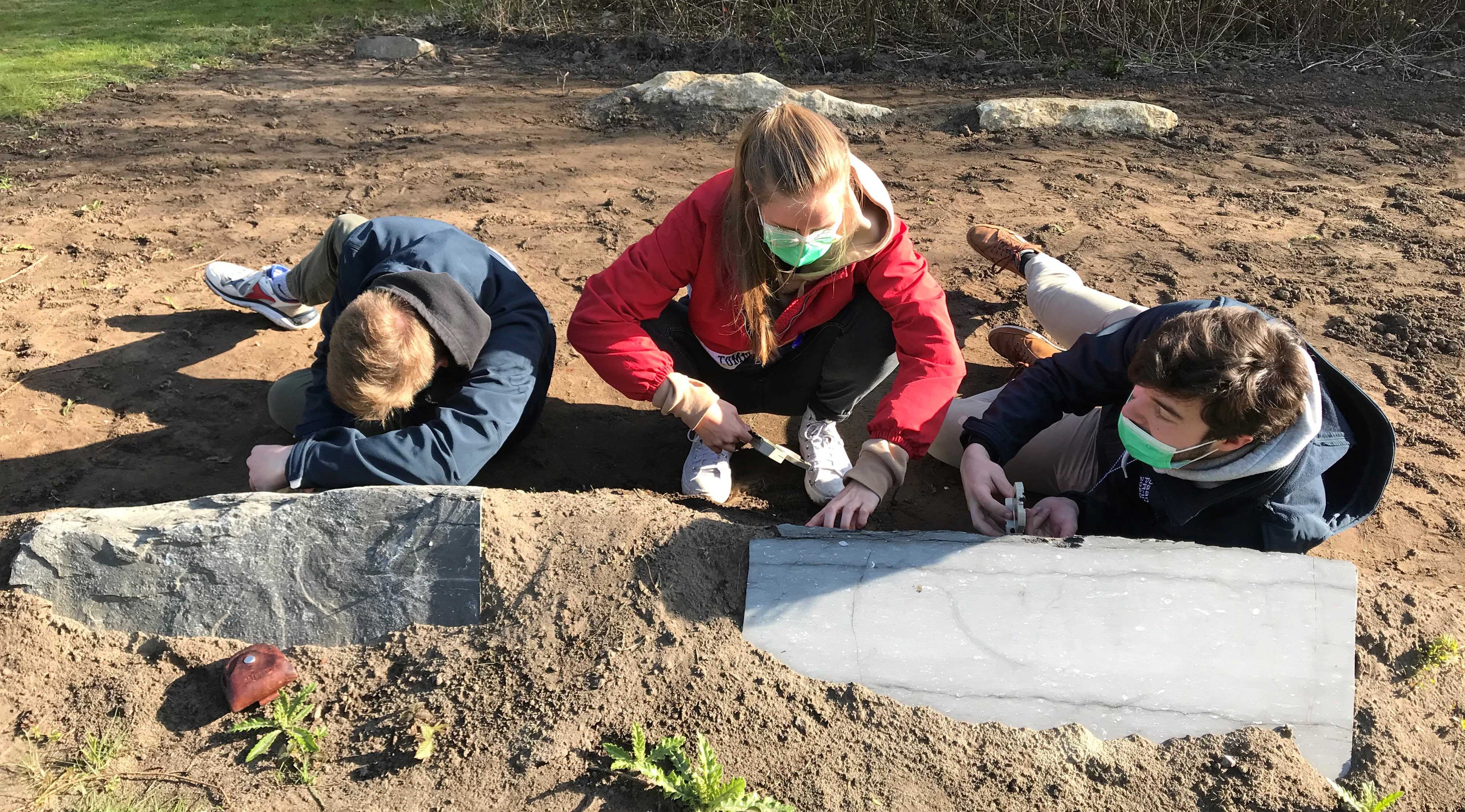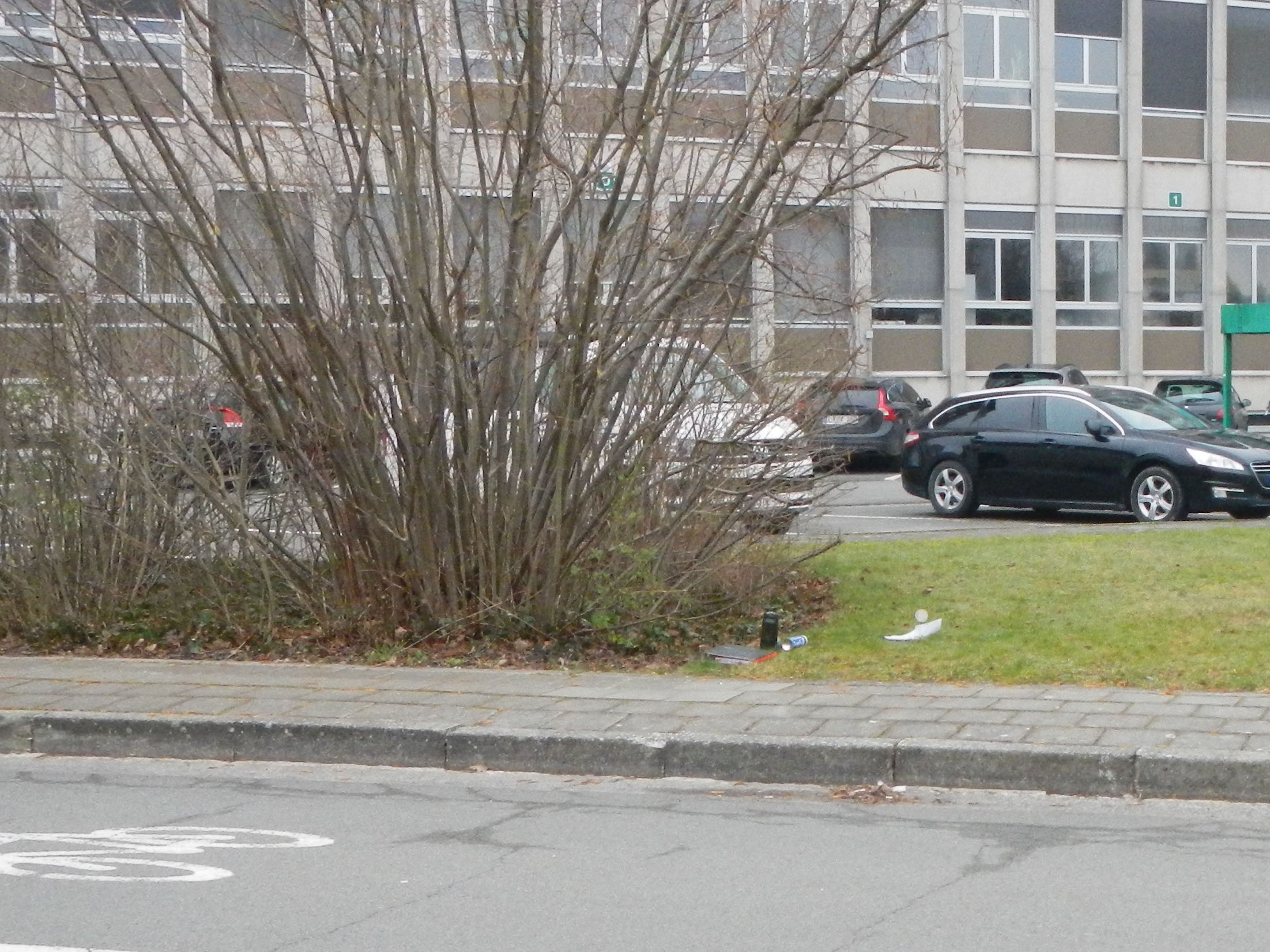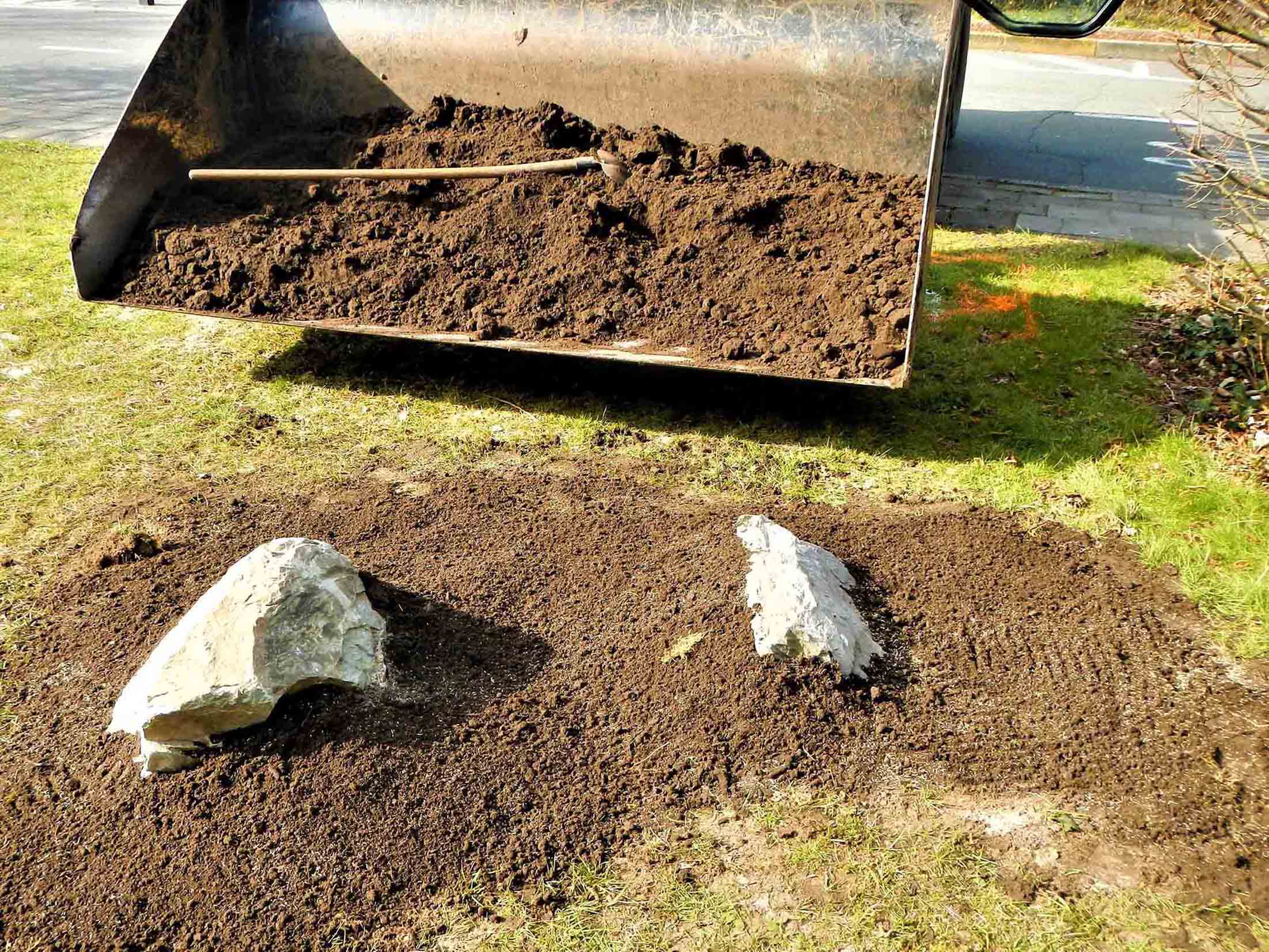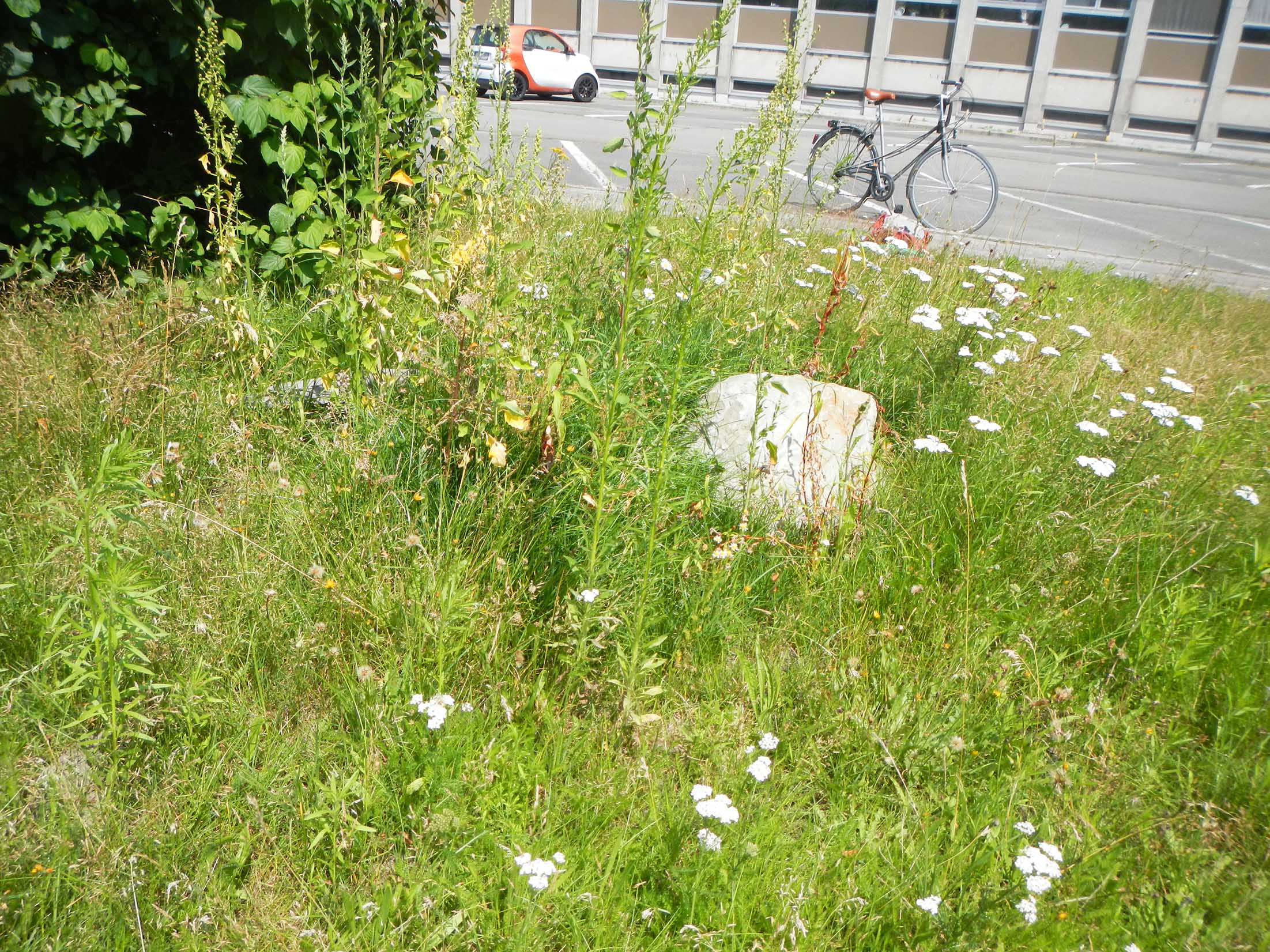
The Rock Garden at UGent
A geological field course on campus

The Rock Garden is a geological field skills training resource on Campus Sterre, Ghent University. The main purpose of the Rock Garden is to provide geology students with more opportunities for practising their field skills in-between field courses. The Rock Garden is not a replacement for 'real-world' field work, but it does provide an accessible medium for students to learn and practise their field skills on a regular basis. We hope that this will help students maintain confidence in their field skills so that they are well-practiced and ready to use in real-world field trips.
The Rock Garden and COVID
Although we began work on the Rock Garden before the coronavirus pandemic, the travel restrictions necessary to respond to this public health emergency have made it even more important to be able to provide field skills training locally and accessibly. We have already started to use the Rock Garden for teaching in partial mitigation of the impact of travel restrictions on field course teaching in 2020/21. We have found that the Rock Garden works very well for teaching specific field skills, such as measuring planar surfaces, but that it can also be used as an introductory mapping exercise.
More information coming soon!
We will add information to these web pages as we develop the Rock Garden further. For now, here is an illustration of how the Rock Garden has settled in!


